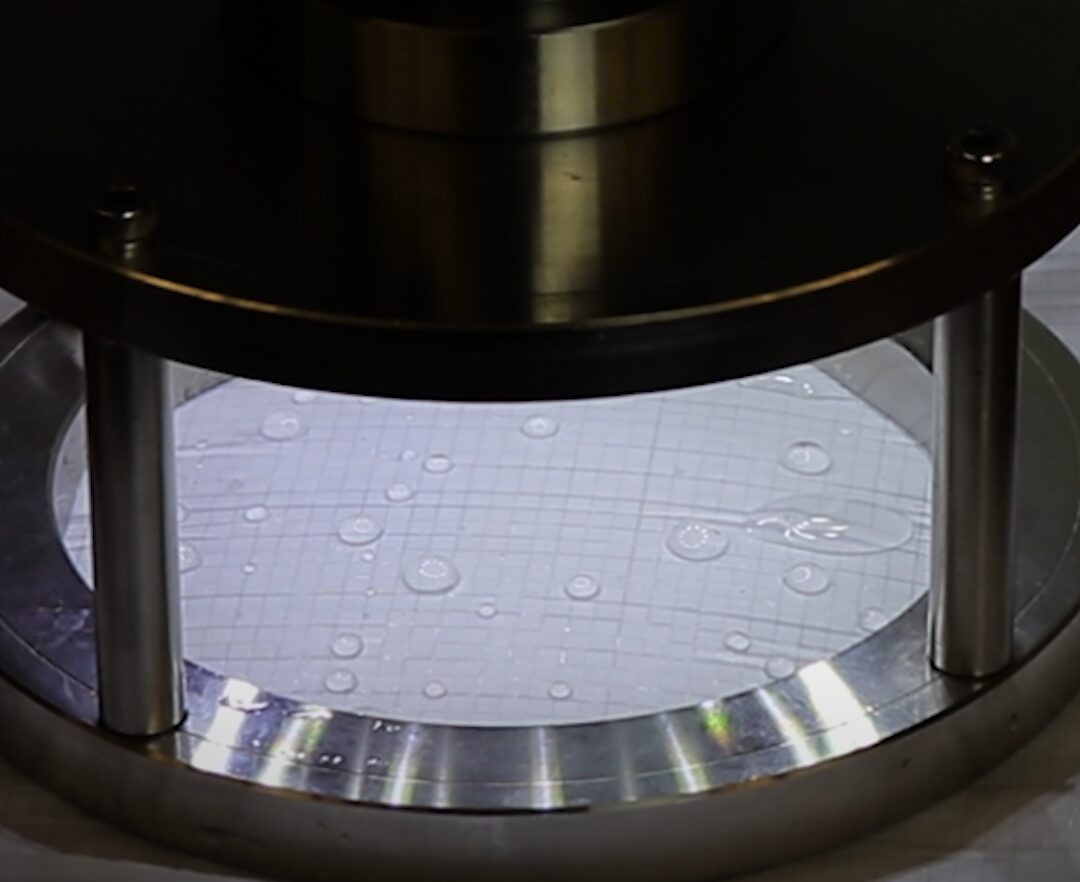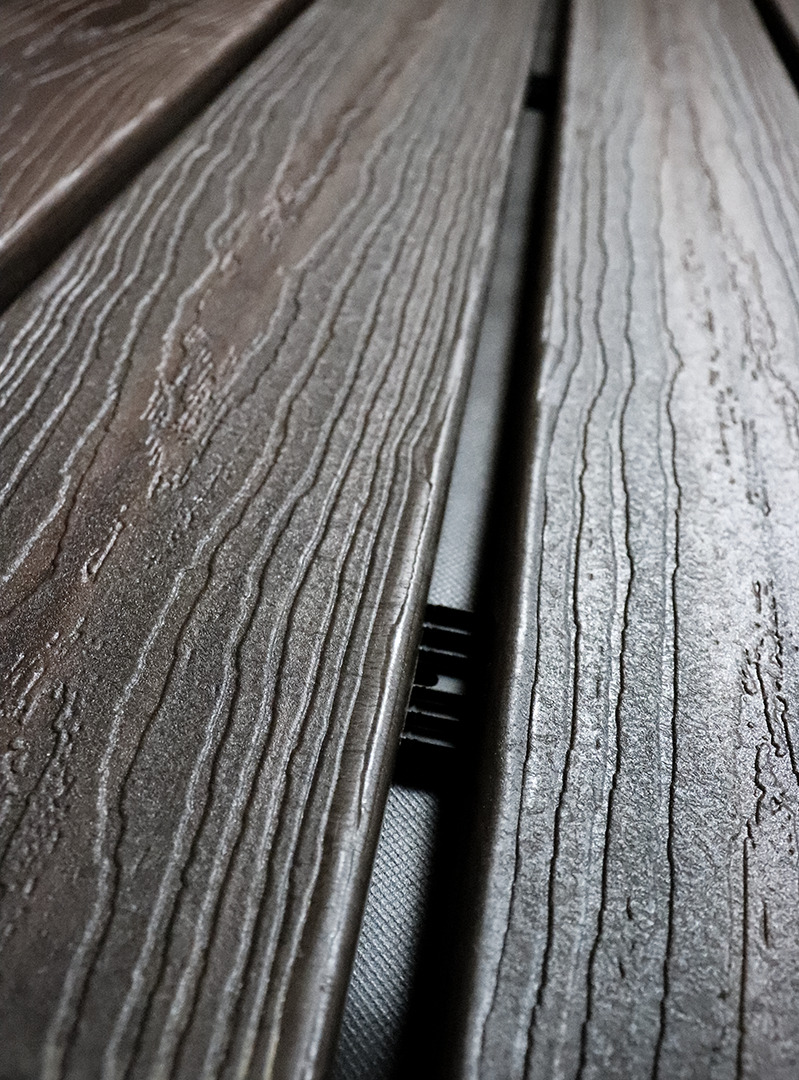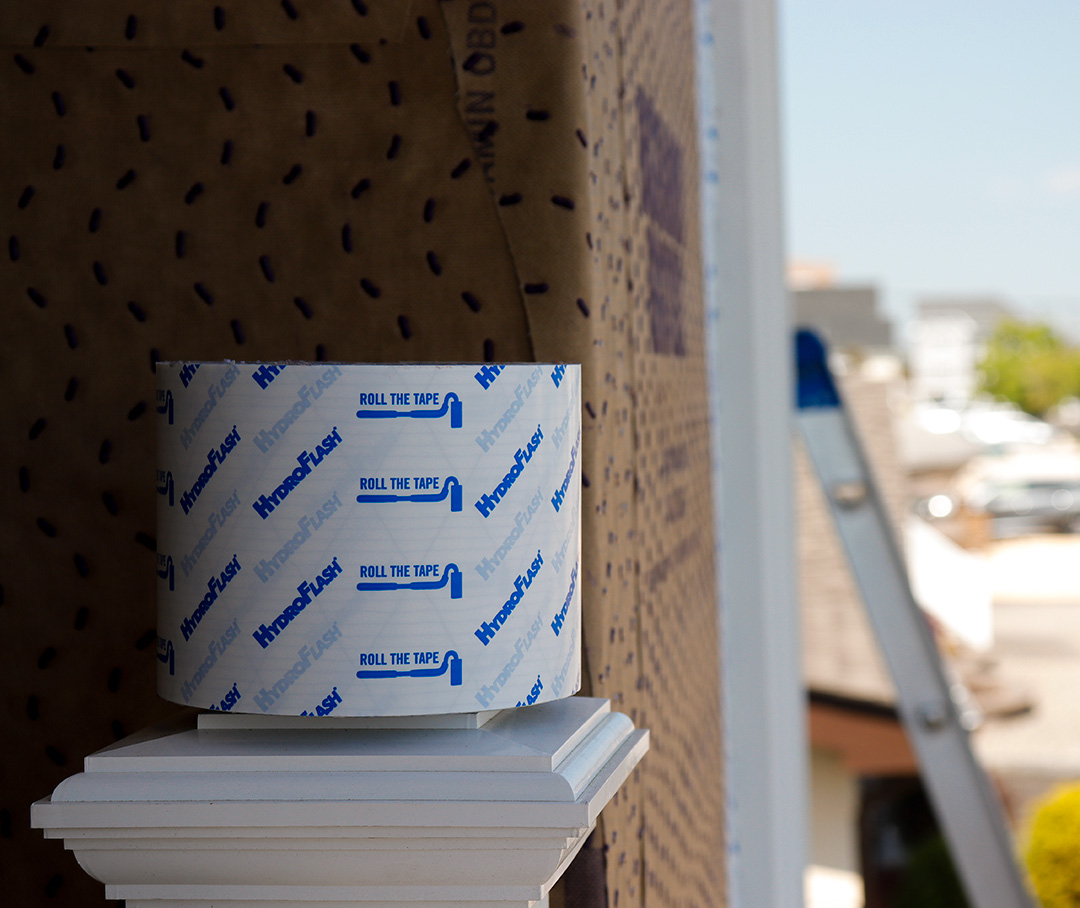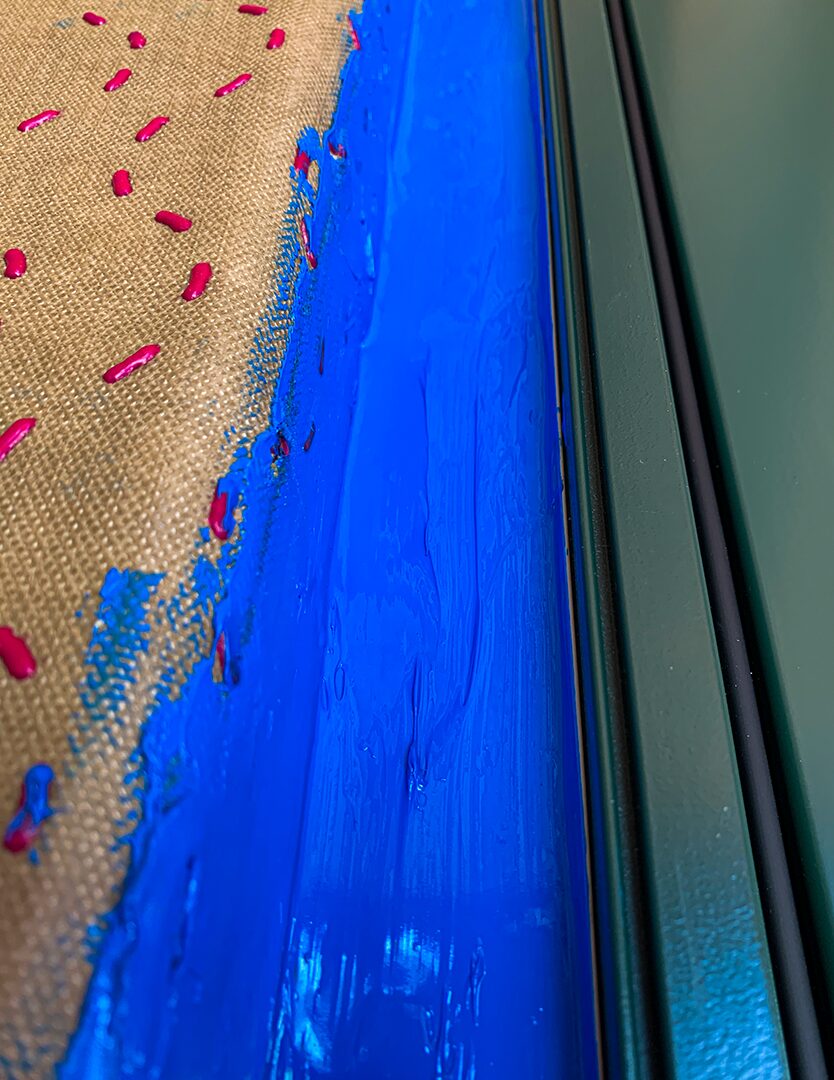The hydrostatic pressure test is a crucial evaluation method used to determine the amount of water pressure a water-resistant material can withstand before water penetration occurs, especially for weather resistive barriers (WRBs) in the building envelope. This guide explores the three tests used for housewrap water resistance testing and the fundamentals of the hydrostatic pressure test.
Three Methods of Housewrap Water Resistance Testing
The hydrostatic pressure test is one of three water tests used to determine the code compliance and viability of a housewrap—and is the most stringent. The other two tests—the boat test and water ponding test—are simpler and were designed for alternative technologies and materials in the WRB space. According to the International Code Council Evaluation Service (ICC-ES), all housewraps are required to pass two out of the three test methods. At Benjamin Obdyke, we require our housewraps to pass all three to help ensure the best performance.
The “boat test” is a traditional water resistance test designed primarily for felt paper. This test is one of the simpler methods to assess a material’s ability to resist water penetration. The test applies minimal pressure and does not indicate how the material might perform under higher pressure or more extreme environmental conditions.
While more demanding than the boat test, the water ponding test still applies relatively low pressure compared to the hydrostatic pressure test. It provides a better understanding of water resistance but may not fully reflect performance under real-world conditions, such as heavy rain or high winds.
The third test is the AATCC 127 Water Resistance Hydrostatic Pressure Test.
Understanding Hydrostatic Pressure Testing
The water resistance hydrostatic pressure test was first used to test the performance of textiles—from rain jackets to camping tents. But this test is also compliant in the world of housewrap and determines resistance to water penetration under high-pressure conditions. It’s a great indicator of how well your housewrap will stop the water as it gets behind the siding and builds up.
The housewrap is placed under a 21-inch-high column of water pressure. This setup simulates the pressure exerted by water against the material in real-world conditions—going above and beyond the natural forces common in the building envelope. The test is conducted for five hours.
The material passes the test if, after five hours, no more than three water droplets have penetrated through. This indicates a high level of water resistance.
Importance of the Hydrostatic Pressure Test
The hydrostatic pressure test evaluates the maximum expected water pressure a material will be exposed to. It provides a stringent measure of water resistance, ensuring reliability and durability in construction applications. This helps distinguish premium products that can withstand significant pressure without leakage from low-performance WRBs. This test is crucial for materials used in cold and wet climates, such as coastal areas or regions with high rainfall and wind.
Evaluate UV Degradation with the Hydrostatic Pressure Test
At Benjamin Obdyke, we use the hydrostatic pressure test to also assess the effects of UV exposure on housewraps left exposed before cladding is applied. Prolonged UV exposure can degrade many materials, potentially compromising their water resistance. By conducting the test, we can determine if a product still maintains its water holdout capability after being exposed to UV rays for extended periods. If a material fails the test after exposure, it may need to be replaced. If you’re worried about your housewrap being exposed for too long, plan ahead by using InvisiWrap UV, manufactured to withstand 12 months of UV exposure.
We offer this testing service to contractors and architects, especially when housewrap approaches the typical exposure limit of 120 days. By evaluating UV degradation before siding installation, issues can be mitigated, preventing potential problems after the siding is applied. To submit your housewrap for testing, email tech support at techsupport@obdyke.com.
Advancements in WRB Technology
The evolution of building codes reflects the development of new materials, like transitioning from traditional felt paper to more advanced materials like FlatWrap HP. Initially, the boat and water ponding tests were developed to provide a baseline for comparing the performance of common materials like felt paper. As technology advanced, new tests were introduced to accommodate materials with different properties. The hydrostatic pressure test is a relatively recent addition—designed to assess modern materials’ water resistance.
Benjamin Obdyke Performance and Testing
These modern materials include our WRBs and underlayments made with tri-laminate membranes, which offer high water pressure resistance while maintaining vapor permeability. All our products pass the hydrostatic pressure test. It’s vital that our products’ performance represents real-world applications so we can empower our pros to Build Better. Explore all our water-resistant products.
These tests, like ASTM tests, provide a good starting point for assessing materials, but they’re not foolproof. While passing the hydrostatic pressure tests indicates high water resistance, it’s crucial to consider your assembly holistically. Proper detailing, compatibility with other building materials, and effective installation are essential for achieving optimal performance and longevity—reinforcing the importance of a whole-home or integrated systems approach. Tests should be part of a comprehensive strategy that includes evaluating multiple factors and components. Selecting WRBs that meet or exceed industry standards—and use testing data wisely—helps ensure the integrity of the building envelope and informs better decision-making for construction projects. Request a sample of any of our products today!





